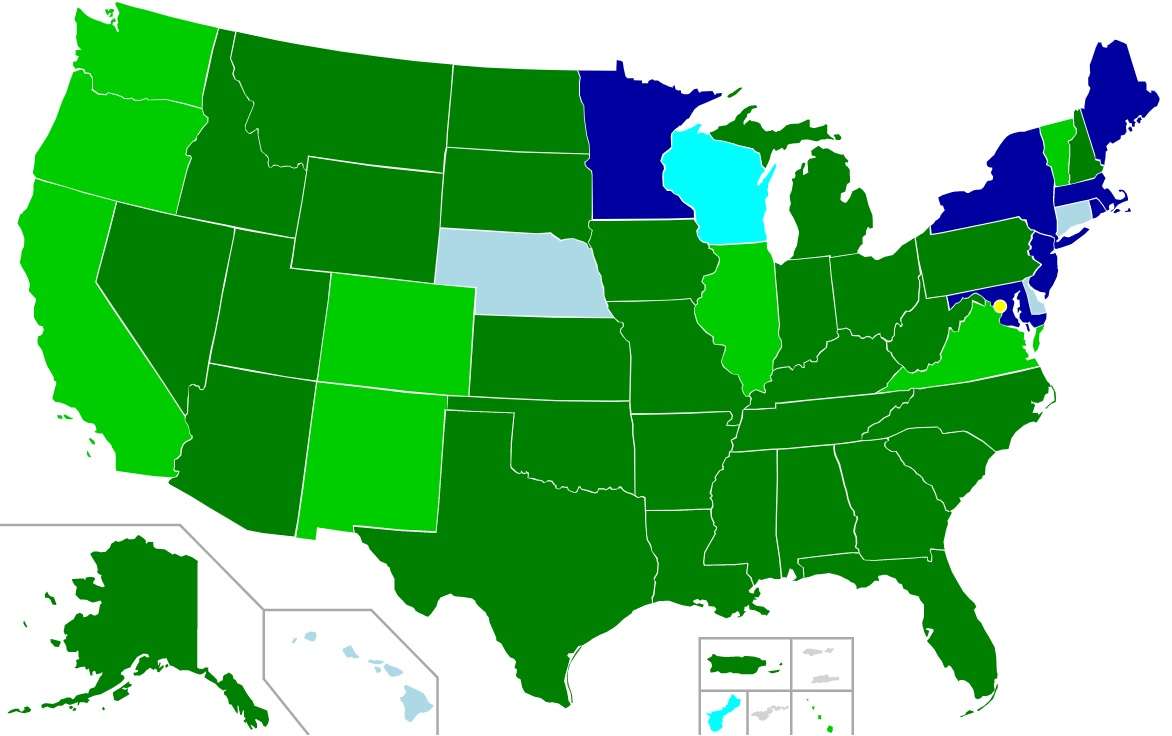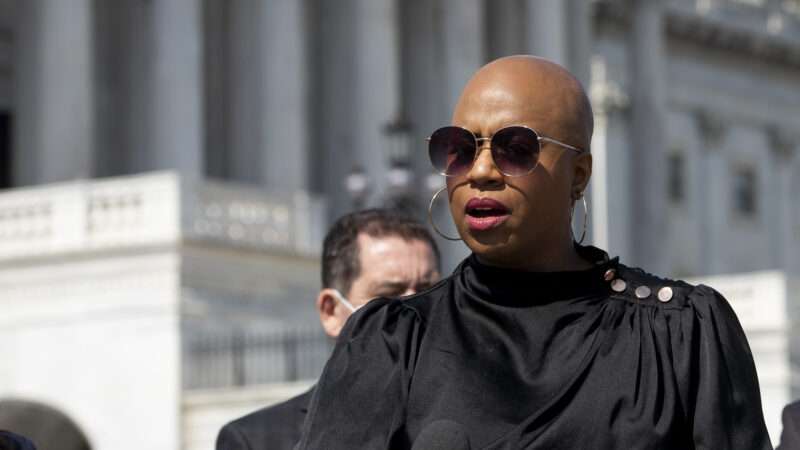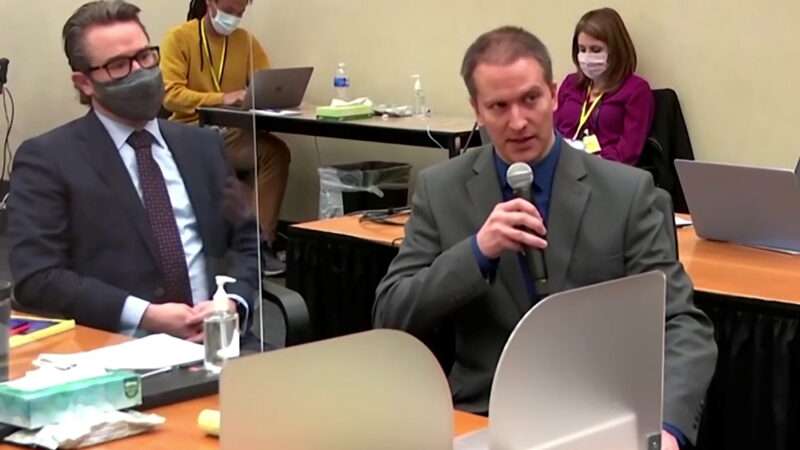It is not every day one reads an appellate opinion that cites polling data off the internet to criticize the laws the court is obligated to enforce. Today, in Lopez-Soto v. Garland, the U.S. Court of Appeals for the Sixth Circuit did just that. More broadly, the opinion by Senior Judge Martha Daughtrey includes an unusually aggressive critique of U.S. immigration policy, which may explain why the opinion was unpublished.
Judge Daughtrey’s opinion begins:
In an era in which it is difficult to find any issue upon which a large percentage of Americans agree, few people would dispute that our nation’s immigration system is broken and is need of a structural overhaul. Admittedly, a not insignificant number of Americans believe that any change to our immigration statutes should result in shutting our borders to almost all individuals, or at least to all potential immigrants who are not blond-haired and blue-eyed. A June 2020 survey by the Pew Research Center found, however, that approximately 74% of people surveyed felt that our immigration laws should be amended to provide legal status to the approximately 650,000 individuals now in the United States who were brought illegally to this country as children. See pewresearch.org/facttank/2020/06/17/americans-broadly-support-legal-status-for-immigrants-brought-to-the-u-sillegally-as-children/ (last visited Apr. 2, 2021). That same study further found that approximately 75% of the surveyed individuals supported a pathway to legal status for the approximately 10.5 million other immigrants who now reside in the United States without recognized legal status. Id.
Until the immigration system is reformed, however, individuals like petitioner Imelda Lopez-Soto—who has resided in this country for 21 consecutive years, who has remained employed and paid her federal income taxes when required, who has committed no crimes other than driving on a revoked license, and who has given birth to and raised two admittedly outstanding young boys who are United States citizens—remains subject to removal to a country from which she fled for greater opportunity and for a chance to participate in the so-called American Dream. She now petitions this court for review of a decision of the Board of Immigration Appeals (BIA) that denied her requests for withholding of removal, protection under the United Nations Convention Against Torture (CAT), and cancellation of removal. Constrained by precedent and by our immigration laws as they now exist, we must deny her petition.
Judge Karen Moore joined the opinion.
Judge Amul Thapar was also on the panel. He wrote separately, noting he concurred in the result. His brief opinion reads:
I have my doubts about the wisdom of courts opining on hot-button political issues or the motives of citizens who hold one position or another in those debates. And as someone who is neither blond-haired nor blue-eyed and who has benefited directly from the kindness of the American people, I believe that the American Dream is alive and well for persons of all stripes.
Thus, I respectfully concur only in the judgment.
from Latest – Reason.com https://ift.tt/3xdif9R
via IFTTT




 The seemingly casual way that Chauvin pinned Floyd to the ground as he died became an iconic image and a rallying cry for policing reform, particularly in the way officers interact with black people. Protests led to hundreds of proposed policing reforms across the country.
The seemingly casual way that Chauvin pinned Floyd to the ground as he died became an iconic image and a rallying cry for policing reform, particularly in the way officers interact with black people. Protests led to hundreds of proposed policing reforms across the country. 
